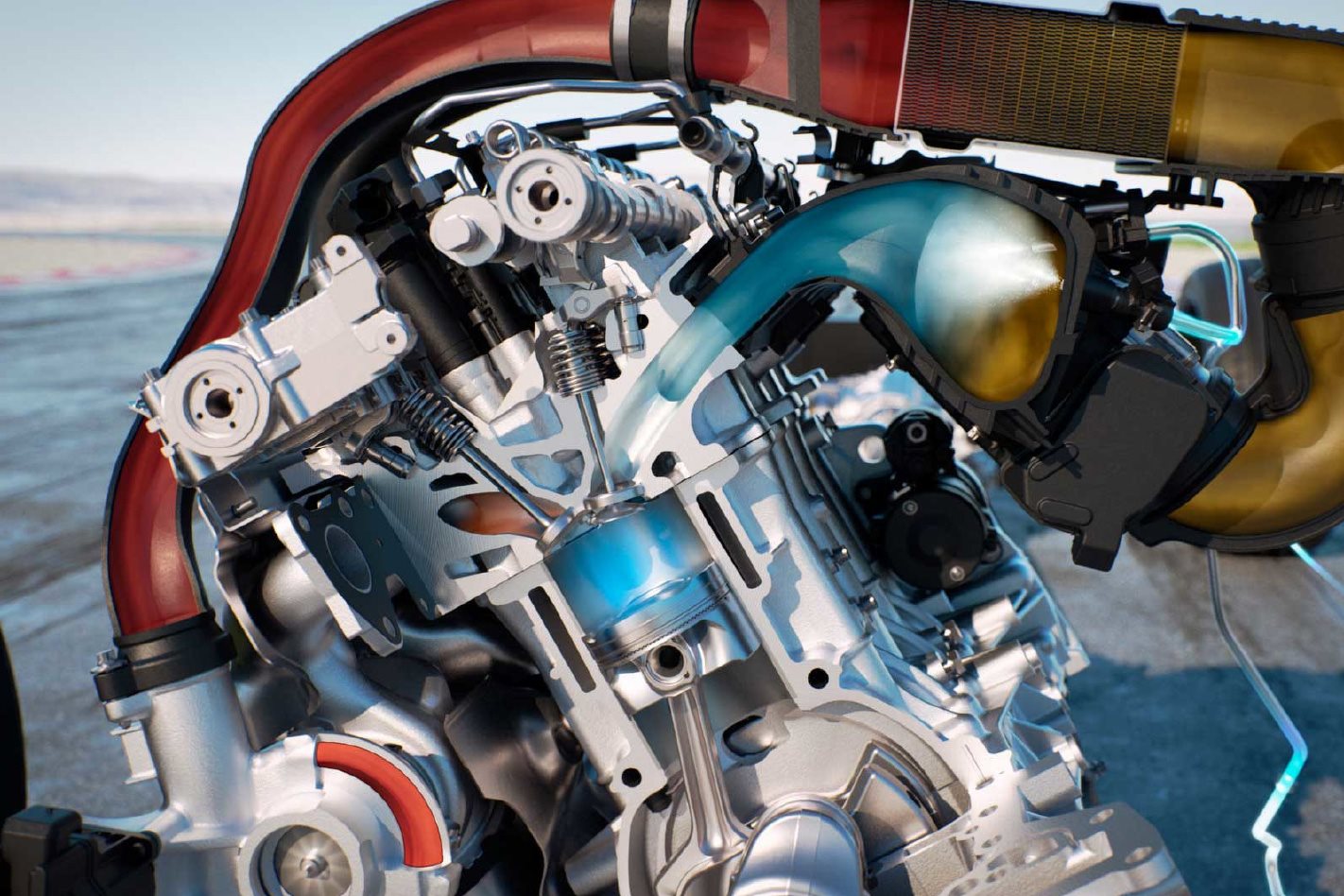It seems counterintuitive, but injecting water into a turbocharged engine can actually liberate extra power.
A simple way to increase a turbo engine’s power is to turn up the boost. But as the pressure rises, so does the temperature, while the charge density goes south, which actually starts to diminish peak power. Higher boost pressures and temperatures also increase the chances of potentially catastrophic ‘knocking’ or uncontrolled combustion.
Retarding ignition timing helps, as does intercooling and charge cooling, which lowers the induction-charge temperature and mitigates some of the associated problems, but their effectiveness is limited by the efficiency of the heat exchangers and the temperature of the liquid or air they are dissipating heat to. This is where water comes in – literally. Just like sweating, turning water into vapour requires lots of heat energy. Your body uses heat to evaporate the sweat, making you cooler, and the same principle can be applied to induction charge.
Under high-load and high-boost-pressure conditions, a bank of injectors sprays a mist of water into the intake manifold plenum, which evaporates and draws heat out of the compressed air. With lower cylinder temperatures, the boost can be wound up, ignition timing advanced and power soars. BMW applied the system to its M4 GTS to wring maximum power from its turbo straight-six engine and the result was an extra 51kW and 50Nm over the standard M4. Not bad for a simple spritz of water.
1. Last gasps
Perhaps one of the most interesting elements of the GTS water-injection system is that it reveals the S55 engine’s power ceiling. Water injection is often a last option to squeeze out extra kilowatts, so you can assume there’s probably not a lot more than 368kW in the 3.0-litre six-pot.
2. Waterproof boots
With limited under-bonnet space, the M4 GTS water-injection reservoir is under the boot floor, which also prevents the water from freezing during cold weather. Sensors monitor the 5.0-litre tank level and automatically reduce the turbo boost pressure if the precious water supply runs out.
3. Cool stats
Turbos can heat the air to as hot as 160 degrees. Intercooling can lower that to 70 degrees, but water injection can scrub off a further 25 degrees. In the case of the GTS, power is increased eight percent, while advanced ignition timing and less thermal stress also improves fuel consumption by eight percent.
%MCEPASTEBIN%Last gaspsPerhaps one of the most interesting elements of the GTS water-injection system is that it reveals the S55 engine’s power ceiling. Water injection is often a last option to squeeze out extra kilowatts, so you can assume there’s probably not a lot more than 368kW in the 3.0-litre six-pot.






